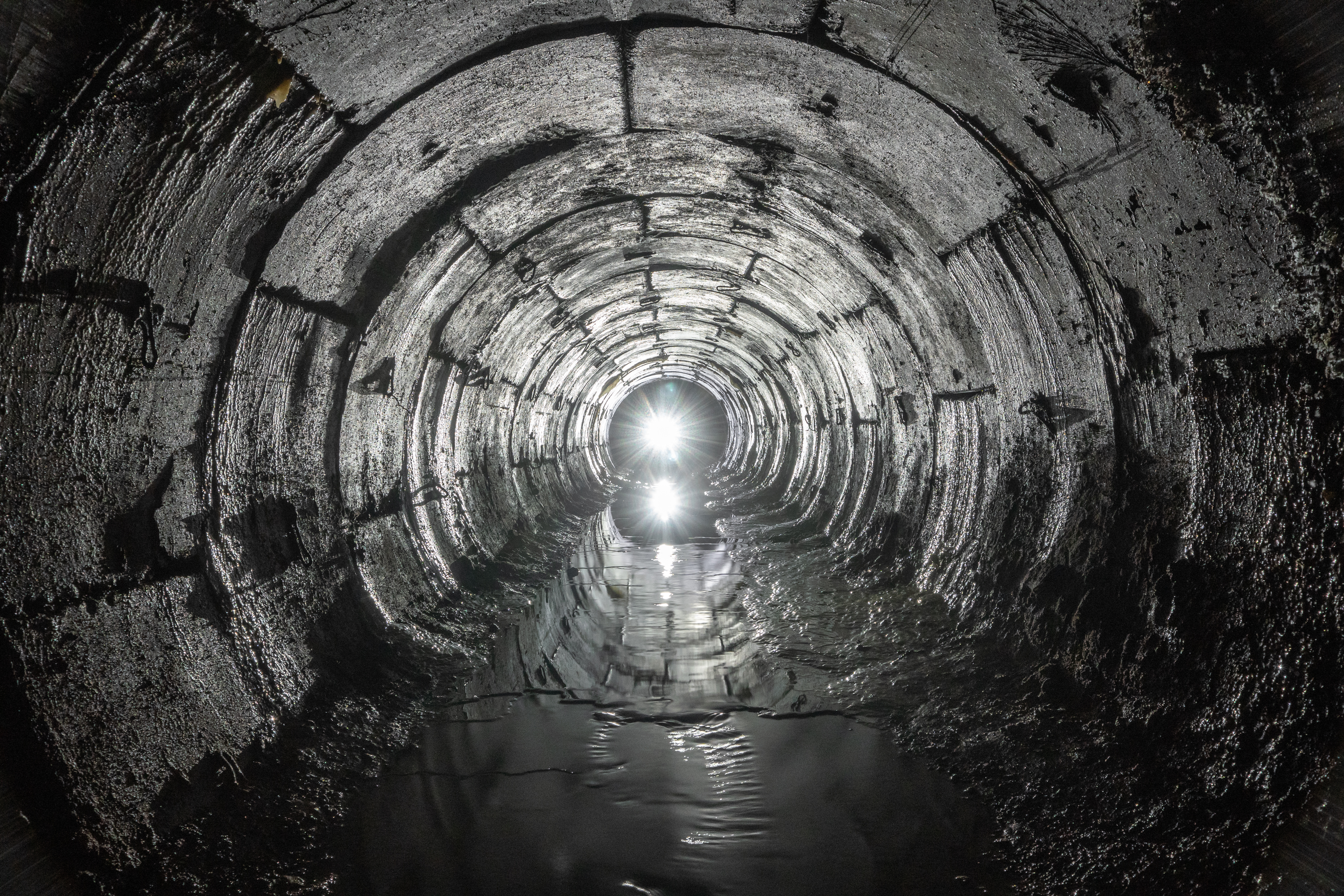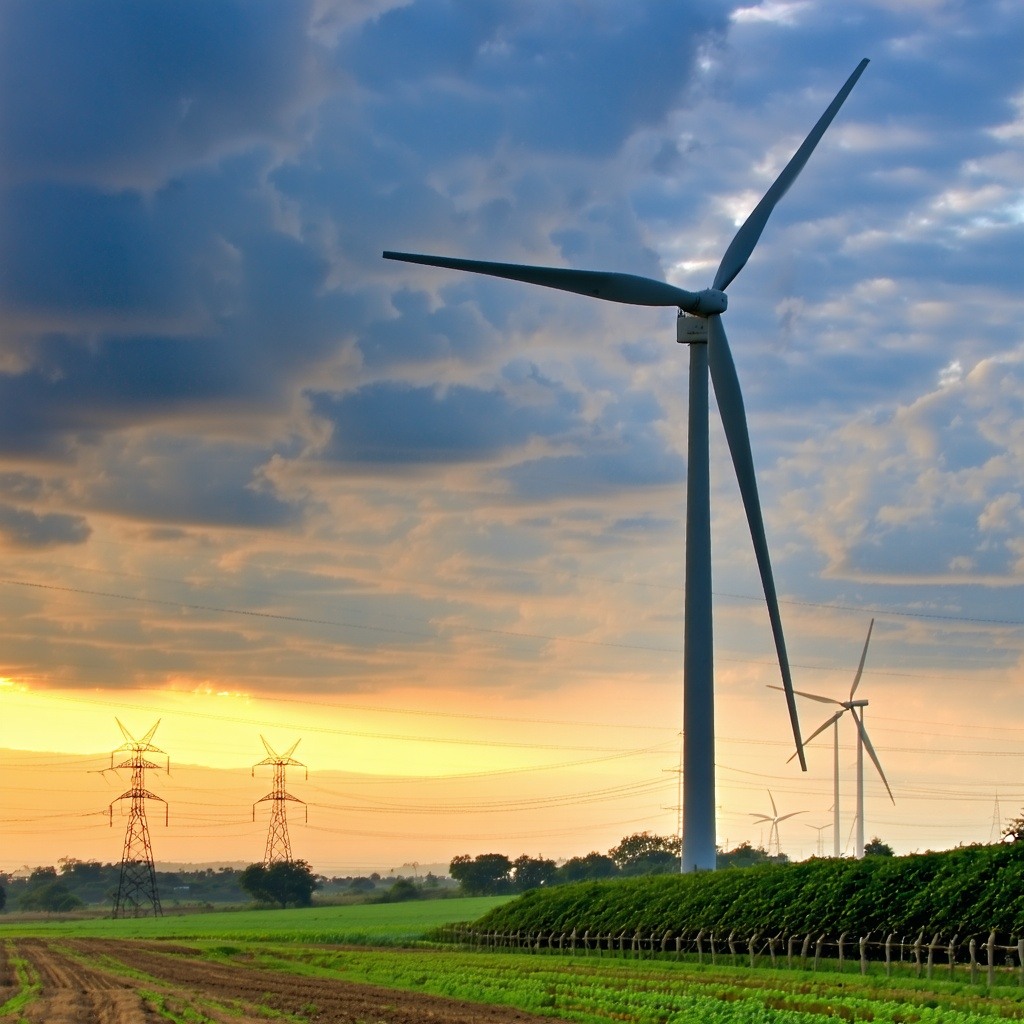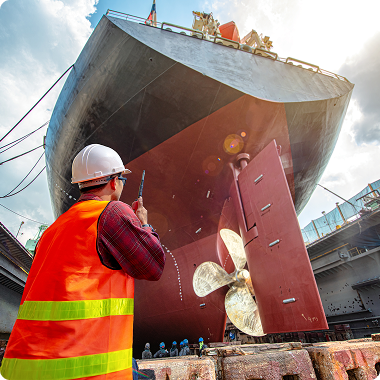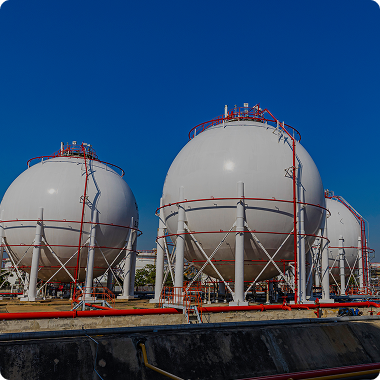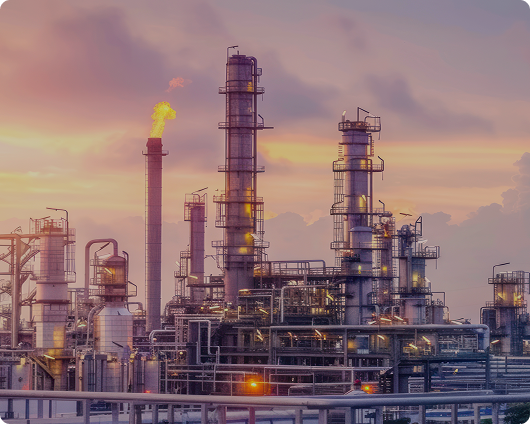

Methane


Worksites for Gas Detectors

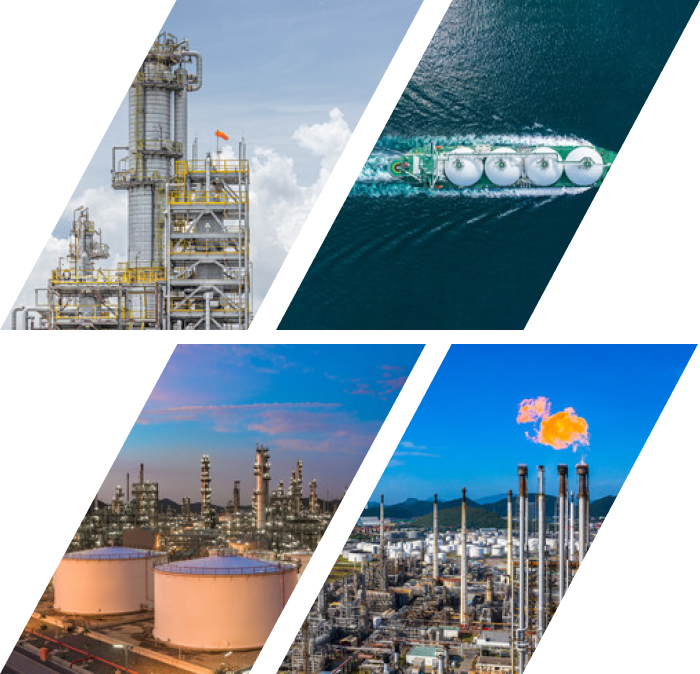
A highly energy-efficient gas, methane is widely used in energy infrastructure such as in the form of natural gas.
The majority of methane consumed is in the form of refined natural gas (a fossil fuel) which has been cooled to -162℃ to its liquid state as liquefied natural gas (LNG) for transportation and storage.
Gas monitoring is necessary at all sites involved in the process, from extraction to processing to distribution.
Why is gas monitoring necessary?
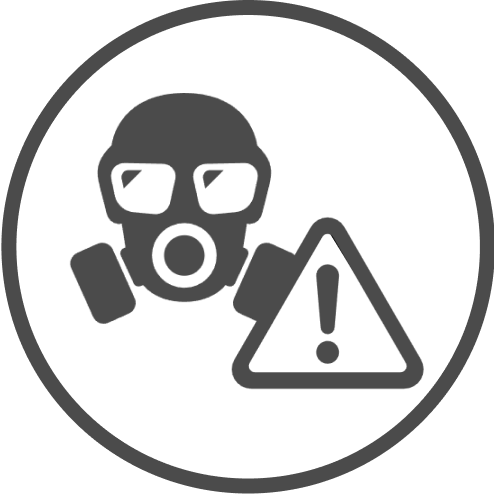
Detection
Our Solutions
HOT TOPICS
When burned, methane releases the greenhouse gas carbon dioxide into the air. Methane gas is in fact a potent greenhouse gas in and of itself and is therefore subject to increasingly stringent regulations regarding its disposal via combustion. The use of fossil fuels such as natural gas also contributes to other environmental concerns such as the uneven distribution and depletion of finite natural resources.
This has sparked increased interest in new sources of energy in recent years. Examples include methanation, a process by which the carbon dioxide which has been released into the environment is reused to form synthetic methane, and the use of biogas, a form of methane produced using biomass obtained from livestock waste and other organic waste.
RECOMMENDED PRODUCTS


PRODUCTS
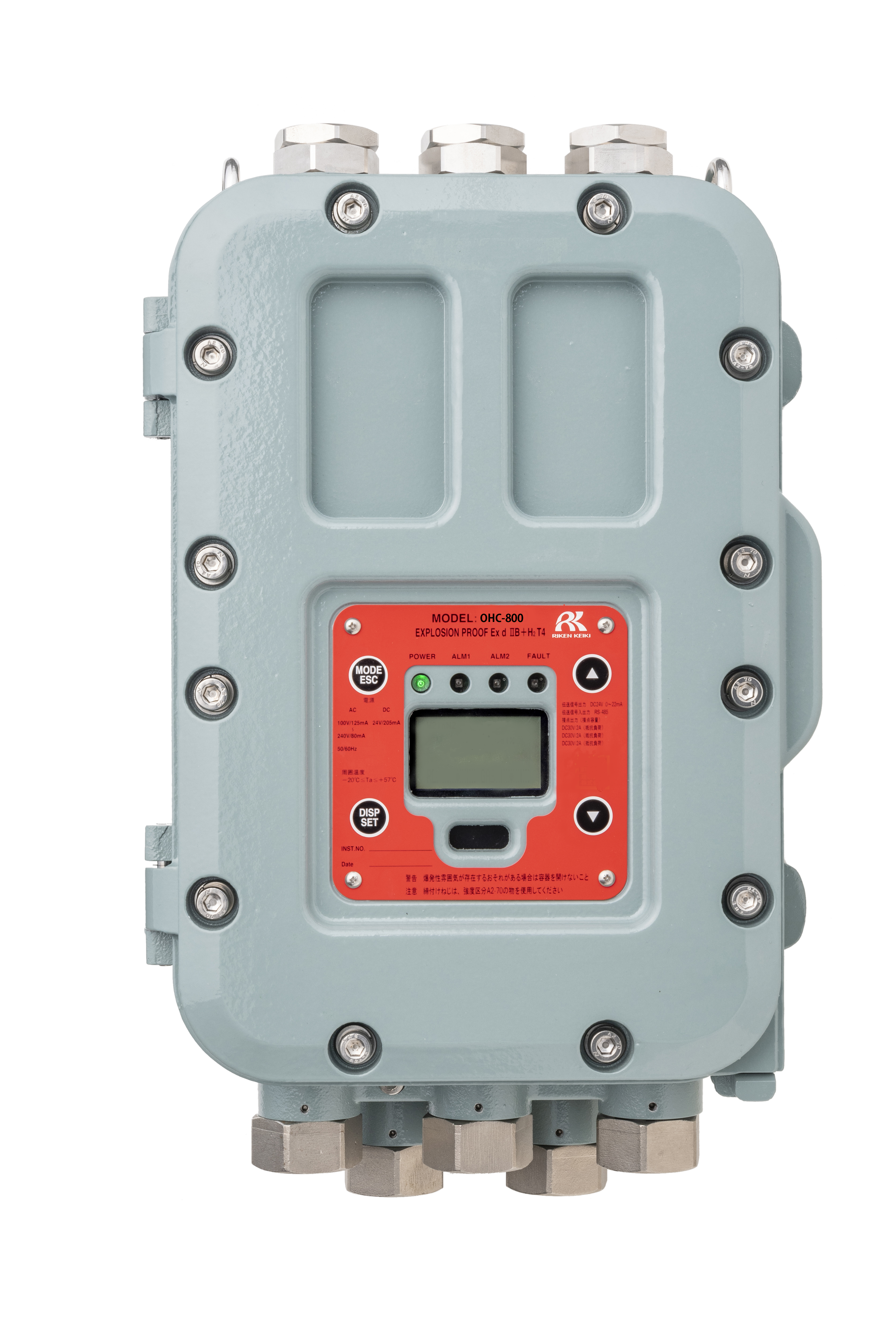
Product type |
Fixed Gas Analyzer |
|---|---|
Applications |
|
single/multi |
Single |

Want to hear from an expert?


You may also be
interested in

The Importance and Key Considerations of IP Codes When Choosing Gas Detectors
Learn why IP codes matter when choosing gas detectors. Discover how dust and water resistance ensure reliable performance and worker safety in harsh environments.
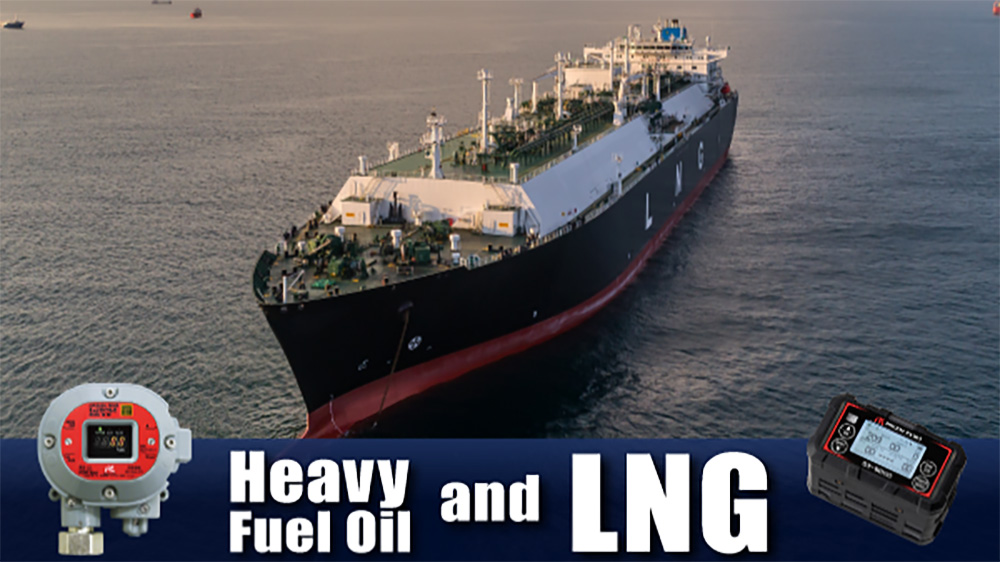
Heavy Fuel Oil and LNG
Heavy fuel oil powers global shipping with efficiency, affordability, and safety—maximizing cargo space and enabling long-distance voyages.
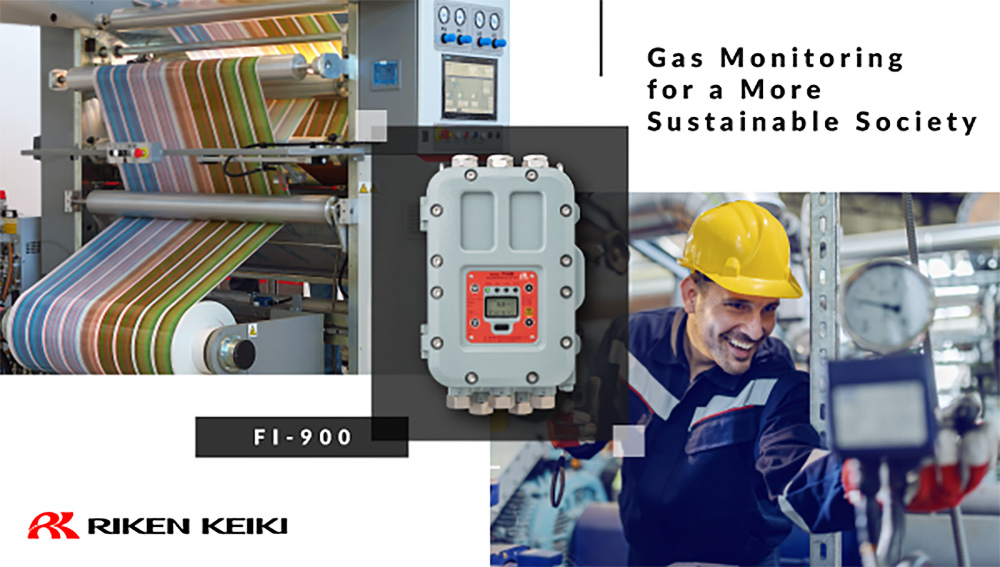
Gas Monitoring for a More Sustainable Society
Riken Keiki aids sustainability with gas monitors, supporting circular economy efforts and eco-friendly manufacturing practices.
Publications





